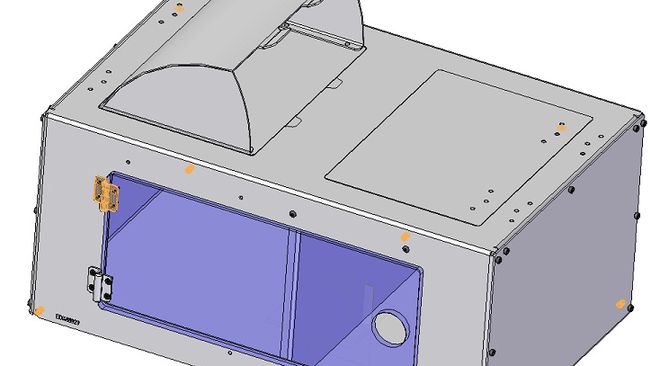The innovation was a magical box. It was meant to solve a simple problem. Stop people from stealing things from our work floors. A simple accountability scheme and engaging people with good ideas led to the best results in productivity and efficiency we had ever seen. Not only did we solve the problem we set out to, we ignited a desire in our workers to innovate. Not only did we use material innovation to make our business better, we innovated on our corporations duty to its workers. But many elements must be present for an innovation to occur and our failures are where we learn the most about how innovation truly occurs.
A difficult trust deficit inspired my innovation of a amnesty return box; the amnesty return box was important because it created an equal, two-way trust relationship between management and workers.
I wanted a way to solve a company theft issue while simultaneously garnering trust from workers. These were people that I knew and cared about. Some of them did things with company property that I did not approve of but most were well meaning. By making them earn corporate trust back they were able to help us fix many longstanding issues that nagged our processes. This led to an impact on our productivity and efficiency that was so dramatic it spurred a near revolt in our management on how to approach our ethics and corporate citizenship.
This is like a TED Talk you read. It's out of the box thinking at its best and it has practical solutions for how to innovate in any business. We spend a lot of time talking about how to innovate materially but very little time talking about how our thinking frames what and how we innovate. With some minor tweaks any organization could improve its corporate engagement with the innovators and their supporters, within the organization.
Thank you for considering my submission.
